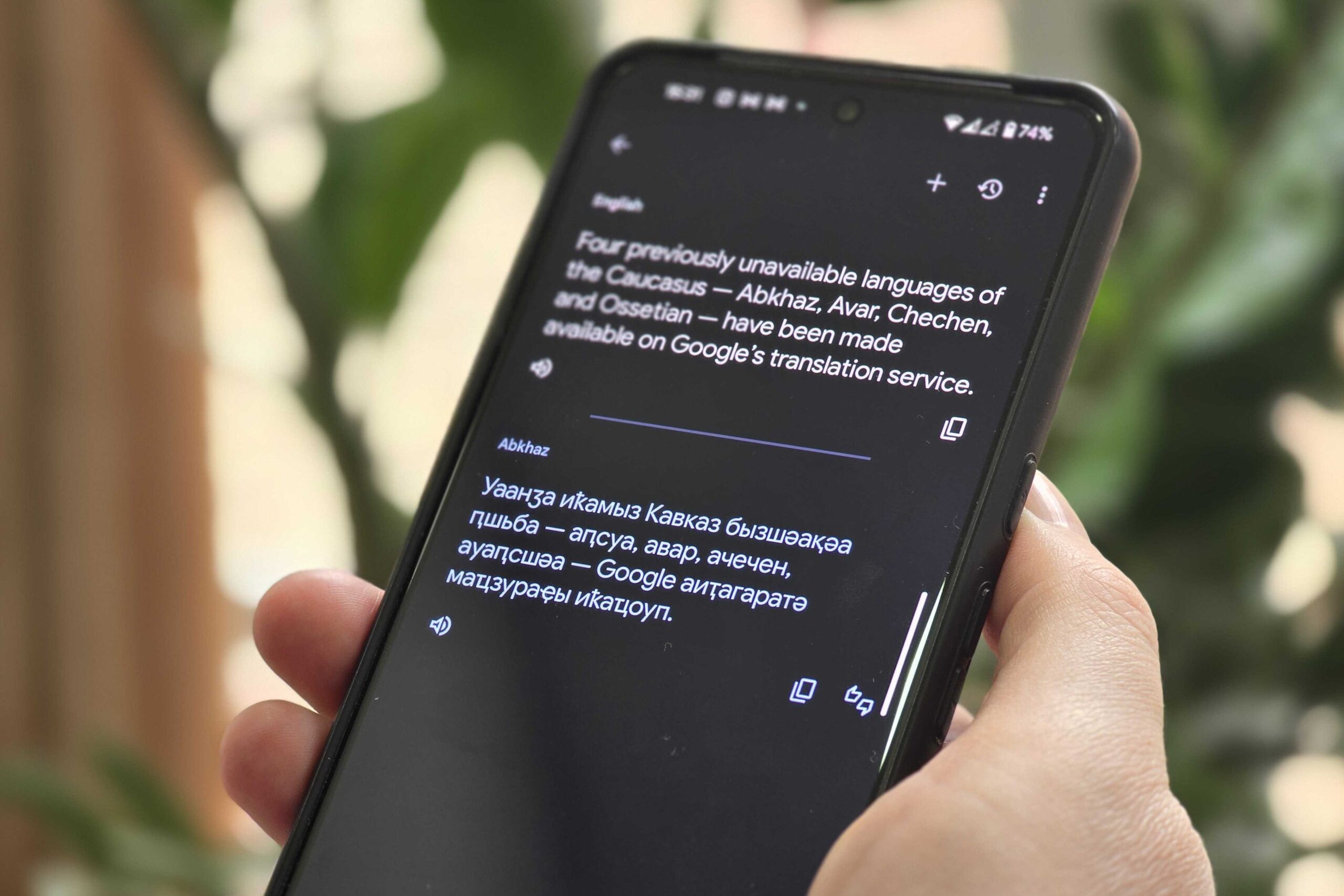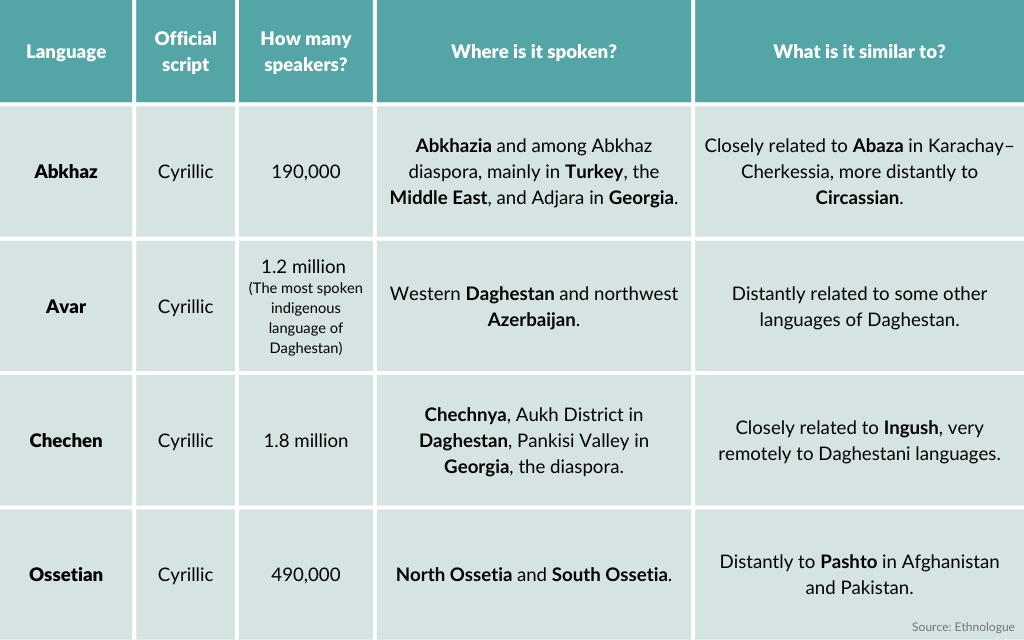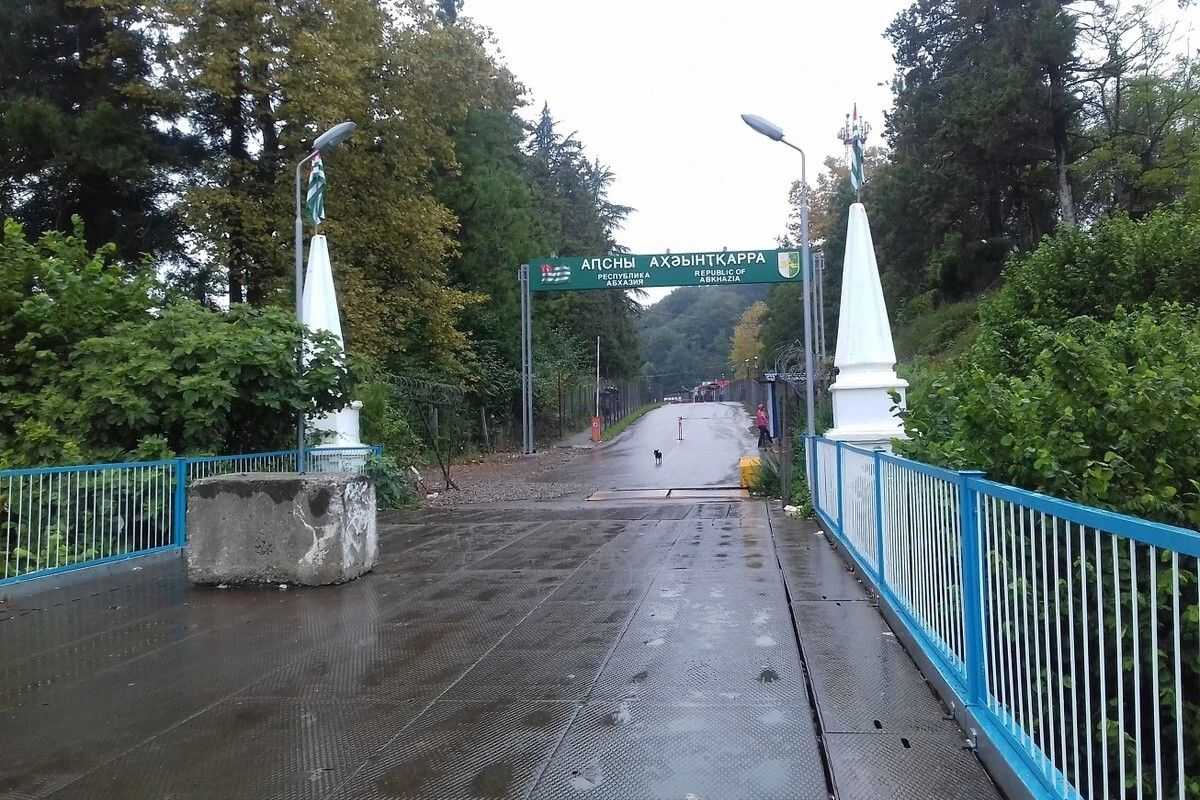
Four previously unavailable languages of the Caucasus — Abkhaz, Avar, Chechen, and Ossetian — have been made available on Google’s translation service.
Friday’s addition of 110 new languages was the first time new languages of the Caucasus have been included in Google Translate since May 2010, when Armenian, Azerbaijani, and Georgian were added. It is also the first time the four new languages have been made available through any machine translation service.
The addition is the latest step in Google’s 1,000 Languages Initiative, the development of an AI model that Google says will support the 1,000 most spoken languages around the world. According to Google, the latest additions ‘represent more than 614 million speakers, opening up translations for around 8% of the world’s population’.
The inclusion of Abkhaz, Avar, Chechen, and Ossetian in Google Translate is a major step forward in the efforts to develop digital support for the indigenous languages of the Caucasus, which has so far remained limited. Very few apps or other software are available in languages other than Armenian, Azerbaijani, and Georgian. Except for Abkhaz, the four languages are also seldom used in media, administration, or commerce.

While some indigenous minority languages in the Caucasus receive significant institutional support — especially Abkhaz and Chechen, many others are endangered. These are often languages without official status or literary traditions, such as Svan, Tsez, or Udi.
A number of languages in the Caucasus are on the verge of extinction, such as Tsova Tush in Georgia or Budukh in Azerbaijan.
Google’s move comes soon after an announcement by Russian technology firm Yandex that they are working to include Abkhaz and the languages of the North Caucasus in their own translation service. These include Abaza, Circassian, Karachay–Balkar, Nogay, Ossetian, Chechen, and Ingush.
The Caucasus is the most linguistically diverse region of Europe, with over 50 languages belonging to six major language families spoken. Three of these are indigenous only to the Caucasus region.









